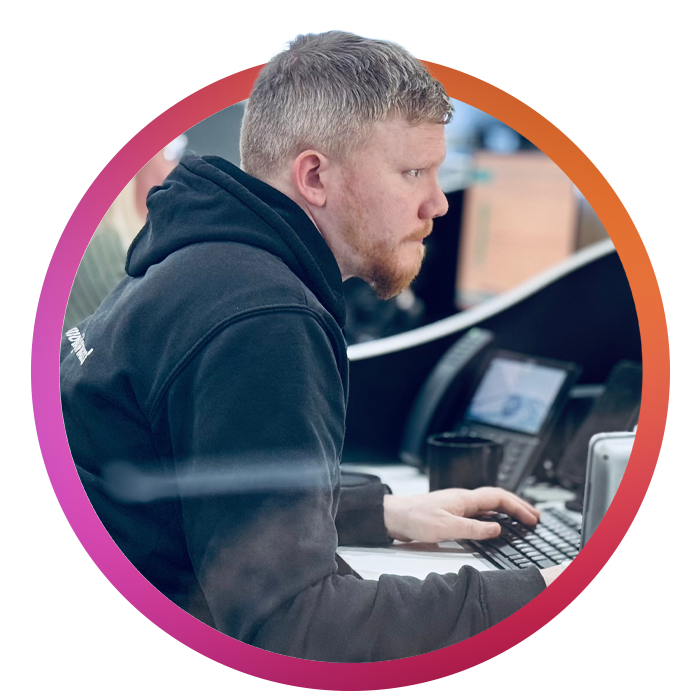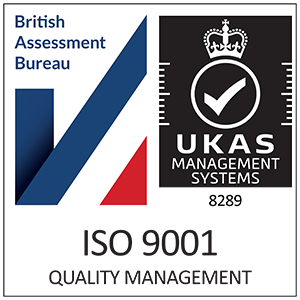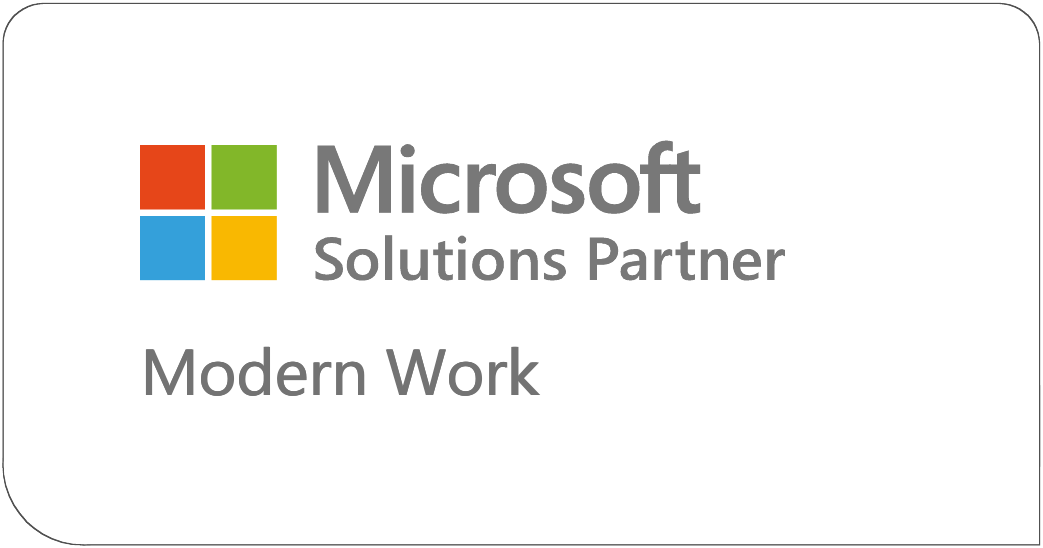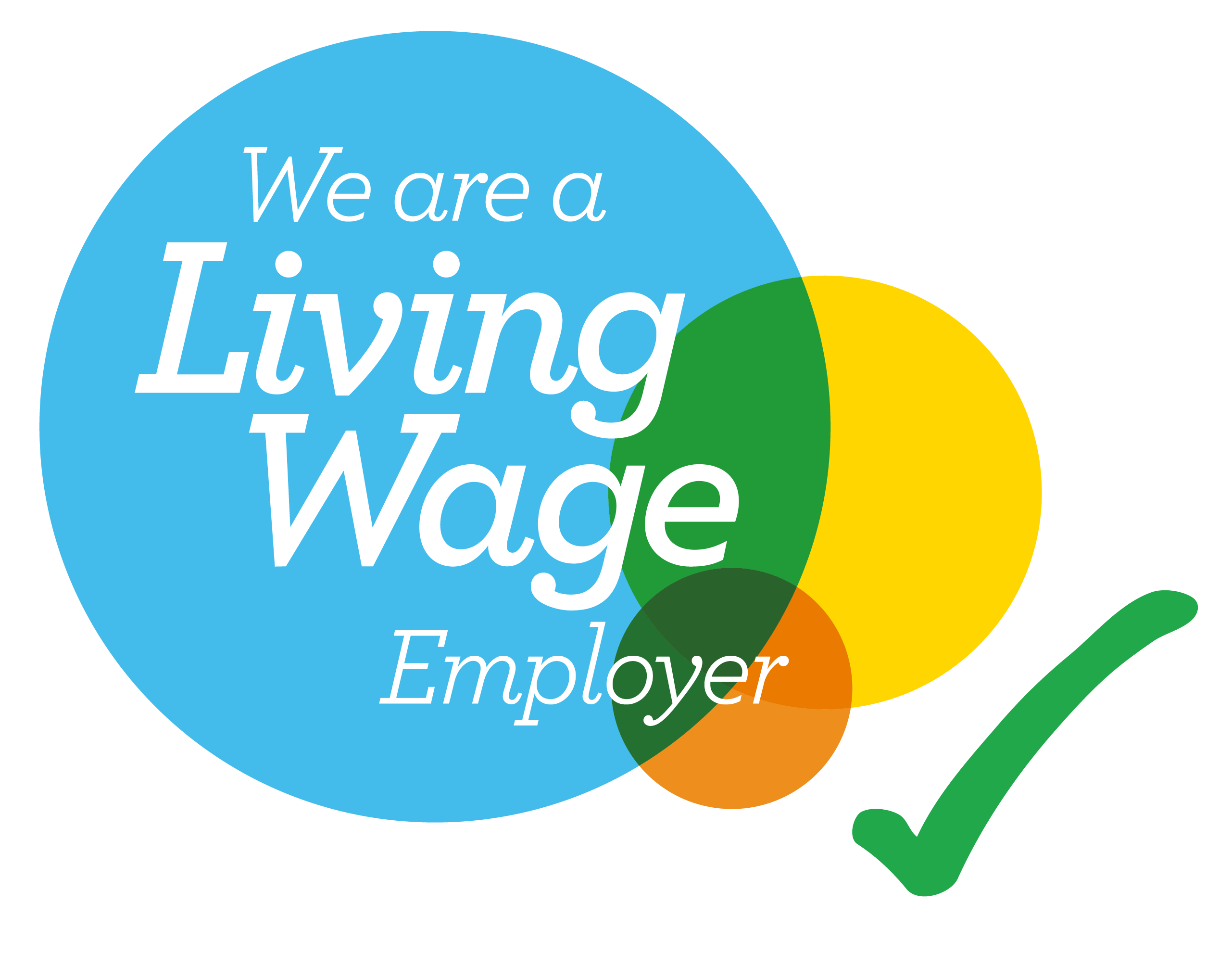Five years ago, if you’d told me I’d be writing a blog about AI systems taking over organisations, I’d have called you crazy. But here we are. The machines haven’t risen just yet, but they’re definitely asking to be your executive assistant.
In late 2022, a few sharper minds than mine compared the arrival of AI to the arrival of the internet, and I can understand the reasoning. When the internet first appeared, there were no websites, streaming services, online shops, or gaming. It took the creative, brilliant minds of the time to take this tool and transform it into what we recognise as the internet today. For context, the birth of the internet is considered to have occurred in 1969, with the World Wide Web becoming public in 1991. That’s 22 years to get the basics right. Fast forward to today, and you’ll struggle to find a home or business that can fully function without it.
Since November 2022, the landscape has dramatically changed, almost overnight. We all went from ignoring automated chat systems on websites to having them take notes in our meetings and organise our emails — although on my phone my unread total hasn’t budged from 999999+.
Tools already in the world include impressive developments in the healthcare space, where we’re seeing AI systems assist with the diagnosis of serious illnesses at a much higher accuracy rate than humans. Similarly, Microsoft has been expanding its Copilot capabilities. They are currently rolling out a real-time interpreter as part of Copilot, which will enable direct translations from other languages (Glaswegian not included) on the other side of a Teams call. Additionally, they’re working on accessibility features, notably the development of tools that can translate British Sign Language (BSL) to either text or speech in real time, which could transform the workspace for those with hearing impairments.
On a personal level, I think I’ve signed up for almost every single large language model (LLM) that’s been released, if only to satisfy my curiosity. I’d like to add that a great way to drive your partner crazy is to use AI at home and talk about it excitedly at every opportunity! I’ve even found myself on a Friday night, running ideas through ChatGPT and Grok, ending up in long conversations that felt like natural collaborations. In hindsight, and even as I type this, I realise I’m quite the geek, but I’ve found it useful to understand the limitations, models and also to try and get the most out of AI in general.
But it’s not just me getting lost in AI’s capabilities at home. At work, it’s even more exciting. We’ve been building more and more AI solutions within Silvercloud and are already seeing the benefits. Helpdesk assistants provide extra support to our human service desk, an account management agent helps identify contract renewals within our own systems, and a whole host of automations are taking pain points away from staff and clawing back hours from monotonous, repetitive tasks. What’s even more exciting is what’s coming in the next few months, which has got my head doing backflips with ideas and use cases.
In my view, if we treat AI as just another way to enhance ourselves, we’ll get a lot more out of it. AI won’t do your job for you, nor will it take your job. But when used effectively, treating it as a colleague rather than a tool, it can significantly enhance your day-to-day tasks and free you up to focus on the work that really matters.
So, how are you planning to make AI your new work buddy?






